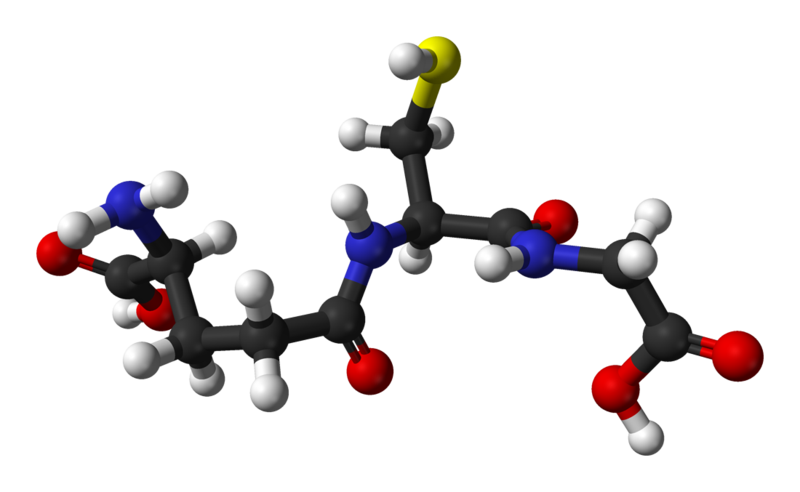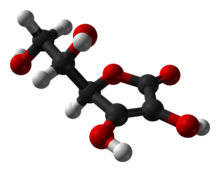Alan Johnson
Subscriber
- Joined
- Nov 16, 2004
- Messages
- 3,270
I thought it might be better than ascorbate at regenerating phenidone as it is a stronger reducing agent in biological systems.
However, it is not (pic).
Both ascorbate and glutathione were tested in using the formula of Dr C T Blood (post 27) except that in one test the ascorbic acid was replaced by an equal weight of glutathione:. Fomapan 200 @ EI 160 was developed 7m 30s in each.
https://www.photrio.com/forum/threa...-is-as-simple-as-caffenol-et-al.119453/page-2

However, it is not (pic).
Both ascorbate and glutathione were tested in using the formula of Dr C T Blood (post 27) except that in one test the ascorbic acid was replaced by an equal weight of glutathione:. Fomapan 200 @ EI 160 was developed 7m 30s in each.
https://www.photrio.com/forum/threa...-is-as-simple-as-caffenol-et-al.119453/page-2








 !
! !!!!
!!!!




